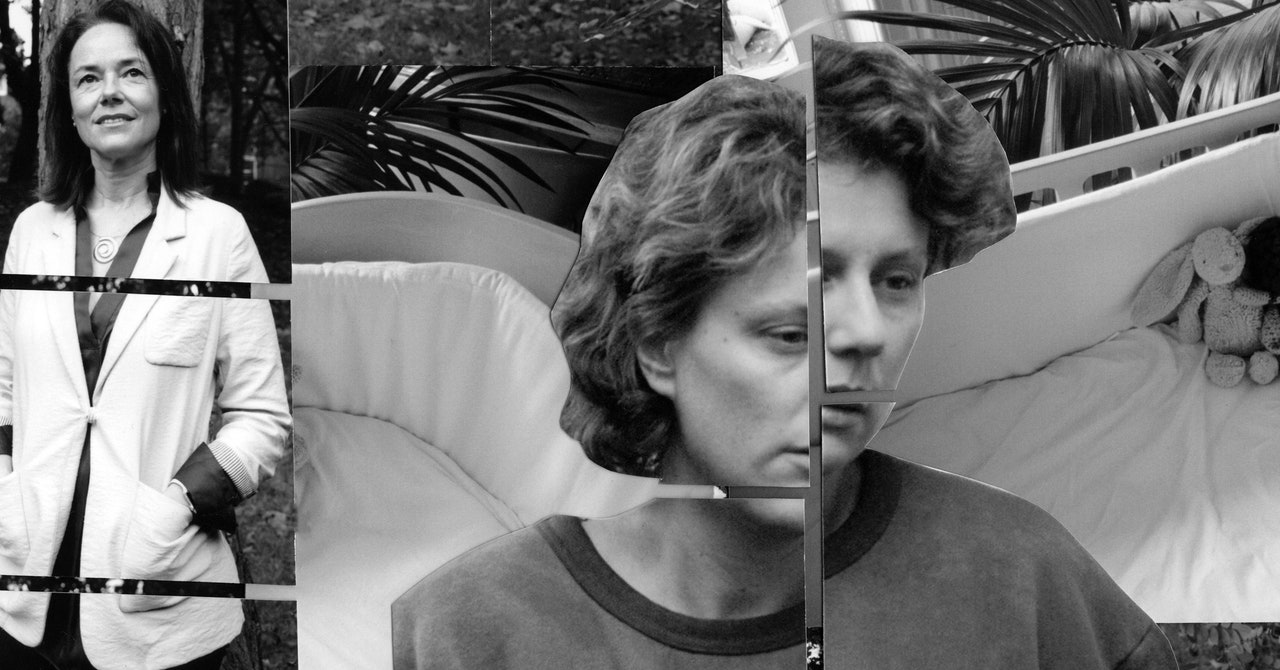
That evening she wrote an email to Folbigg’s lawyer and said she was in. As she dug into the investigation, she assumed that her scientific work would help guide the legal system closer to the truth. She had no idea that over the course of two all-consuming years, she would end up confronting painful questions about her own life—as a scientist and as a parent. In her email to the lawyer, she wrote, “As a mother, I cannot think of any more worthy cause to invest time and effort in. I find it hard to believe there is someone sitting in jail for this.”
Kathleen Megan Briton was born in the winter of 1967 in the working-class neighborhood of Balmain, Sydney. Her father, Thomas, was a hoist driver at the nearby docks. Her mother, Kathleen (whom she was named after), worked in a factory. Thomas was violent; Kathleen drank a lot. After one particularly vicious fight, Kathleen fled, leaving her little girl, just 18 months old, with Thomas. A few weeks later, in a drunken rage, Thomas ambushed his wife in the street and demanded she come home. When she refused, he stabbed her 24 times with a 25-centimeter-long carving knife. As she lay dying, he cradled her in his arms, kissing her face while he waited for the police to arrive.
For a year, baby Kathleen was put in the care of her aunt and maternal grandmother. Then she was sent to a children’s home, and from there to a foster family in Newcastle, a coal mining town 100 miles north of Sydney. The new family fed and clothed Kathleen and sent her to school, but her foster mother was tough and, according to court documents, hit her with the handle of a feather duster when she misbehaved. Her foster father was distant. When she was 17, Kathleen left high school and moved in with a friend. One weekend, she was out dancing at a club when she met a handsome man named Craig Folbigg. He was 23, well-spoken, and worked as a forklift driver at the biggest mining company in town. They started dating, fell in love, and soon moved into an apartment in a suburb of Newcastle. Craig, who came from a big Catholic family, had lost his mother as a teenager. He was eager to start a family. Kathleen, too, longed for stability.
In 1987, when Kathleen was 20 years old, the couple got married. A year and a half later, in early February 1989, Kathleen gave birth to their first child. They named the boy Caleb. On February 20, Kathleen remembers getting up to feed the baby at 1:00 am and then going back to sleep. About two hours later she woke to go to the bathroom and went to check on him. Caleb was not breathing. “My baby, there is something wrong with my baby,” she screamed. Craig dashed over and attempted CPR, and he told Kathleen to call an ambulance. Paramedics were unable to resuscitate the boy. He was pronounced dead at 19 days old.
The Folbiggs’ second child, Patrick, was born a year later. Late one night when he was 4 months old, Kathleen heard Patrick coughing. She went to his crib to comfort him, and he fell back asleep. Around 4:30 am, she looked in on him and saw that he was limp, blue, not breathing. Craig again attempted CPR while Kathleen called for paramedics. They arrived quickly and rushed the baby to the hospital, where he was resuscitated. The doctors at the hospital concluded that Patrick had suffered what is known as an “apparent life-threatening event,” a mysterious syndrome that primarily affects children under the age of 1. Patrick was left with brain damage that caused partial blindness and regular seizures—and would now require almost constant supervision. Kathleen, who had been hoping to return to work after his birth, decided to stay home to care for the boy while Craig worked a demanding new job at a local car dealership. About four months later, on February 13, 1991, Kathleen called Craig at work, frantic. “It’s happened again,” she cried. “I need you.” By the time Craig got home, Patrick had died. He was 8 months old.
In October 1992, Kathleen gave birth to a third child, and the couple named her Sarah. This time, the Folbiggs moved Sarah’s bed into their bedroom so they could keep a close watch on her as she slept. On August 30, 1993, Craig put Sarah to bed around 10:30 pm. A few hours later, Kathleen remembers going to check on her and listening for her breath. When she heard nothing, she turned on the light. Sarah was blue and motionless. She was pronounced dead at 10 months and 16 days old.


